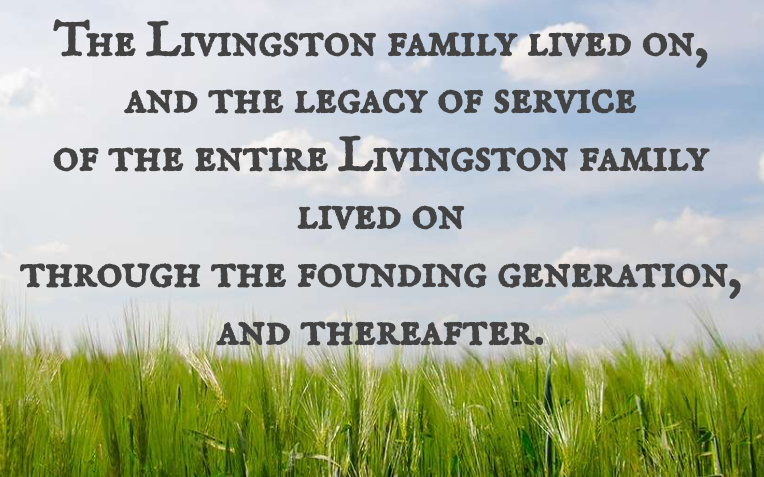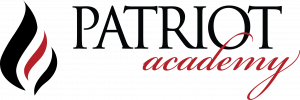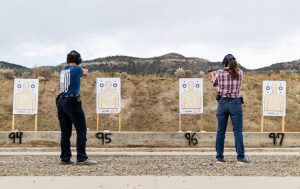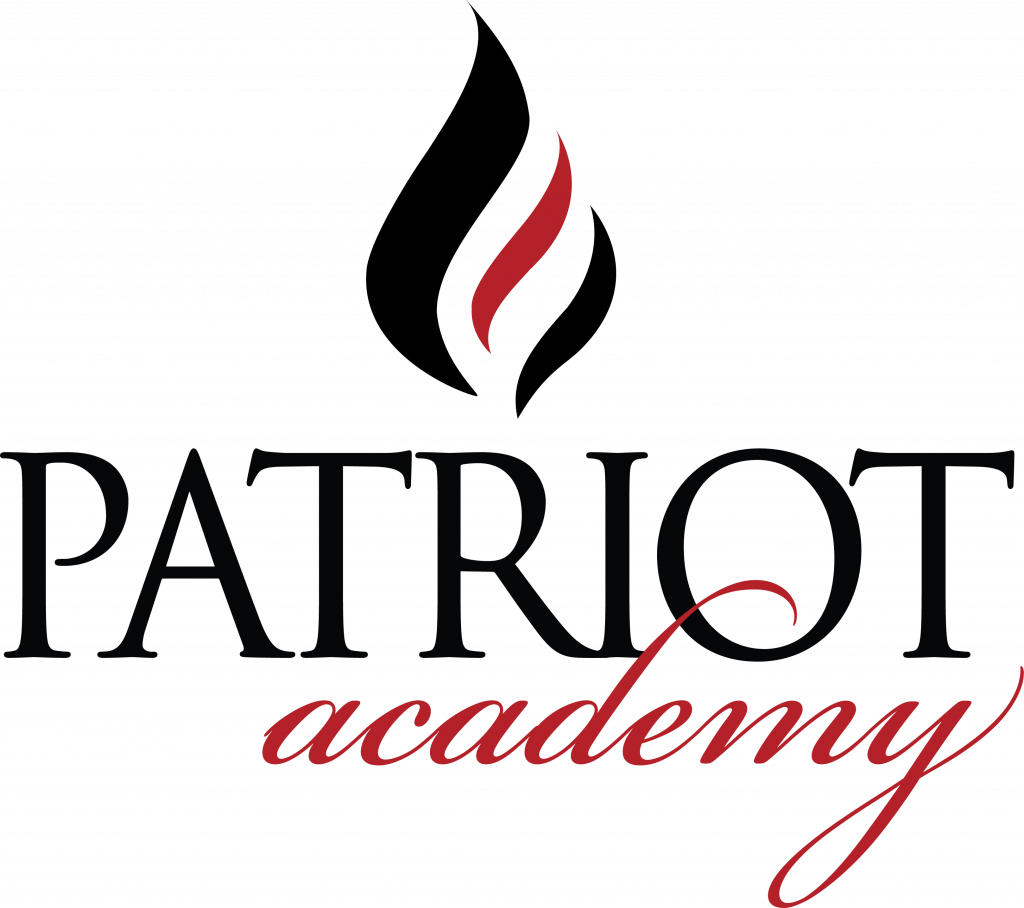Mark Cole
Few families can match the track record of the formidable Livingston family during the independence and founding era. So, when Philip Livingston of New York signed the Declaration of Independence, he did so not just for himself, but for the entire Livingston clan.
By way of background, Philip Livingston had a brother, William. William Livingston was a member of the Continental Congress prior to July 1776, an army general and war-time Governor of New Jersey.
William and Philip Livingston’s cousin was Edward Livingston, who was a student of John Witherspoon’s at Princeton until 1781, and became a lawyer and member of the U.S. House from New York before moving to New Orleans, where he also served in the U.S. House, the U.S. Senate and Andrew Jackson’s cabinet. Edward was also one of the great jurisprudential minds of the era.
Edward Livingston had an older brother, Robert Livingston, who was on the committee that drafted the Declaration of Independence (though he had to return to New York before it was signed). Robert also served as the chief executive of New York under the Articles of Confederation, and even administered the oath of office to President George Washington in 1789.
Philip Livingston also had a nephew, Walter Livingston, who was a member of the New York assembly in the 1770’s and 80’and the Continental Congress under the Articles of Confederation. Walter Livingston was also the father of Henry Walter Livingston who served as the private secretary to Gouverneur Morris in France, and then represented New York in the U.S. House in the early 1800’s. Philip Livingston had another nephew, the Rev. John Livingston, who was a pastor, theologian and President of Rutgers.
As for Philip Livingston himself, he came to the Continental Congress and the signing of the Declaration through the normal Livingston path: education (Yale class of 1737), business (he was a successful importer in New York City) and prior political service (serving as an alderman in New York for a decade). All of the Livingstons were, of course, devout Presbyterian or Dutch Reformed Christians.
Interestingly, the most valuable service that Livingston rendered other than affixing his name to the Declaration was very much behind the scenes. He was part of the committee who officially corresponded with the agent of New York colony in England, the eminent parliamentarian Edmund Burke. A strong supporter in parliament of traditional liberties and thus a friend of independence, Burke often amazed his opponents in debate by his inside knowledge of the colonies. Much of his knowledge was gained, no doubt, through his correspondence with Philip Livingston.
Sadly, Philip Livingston did not live to see independence, as he died in 1778, at the age of 62. But the Livingston family lived on, and the legacy of service of the entire Livingston family lived on through the founding generation, and thereafter.
Check out Mark’s book:
Lives, Fortunes, Sacred Honor: The Men Who Signed the Declaration of Independence













